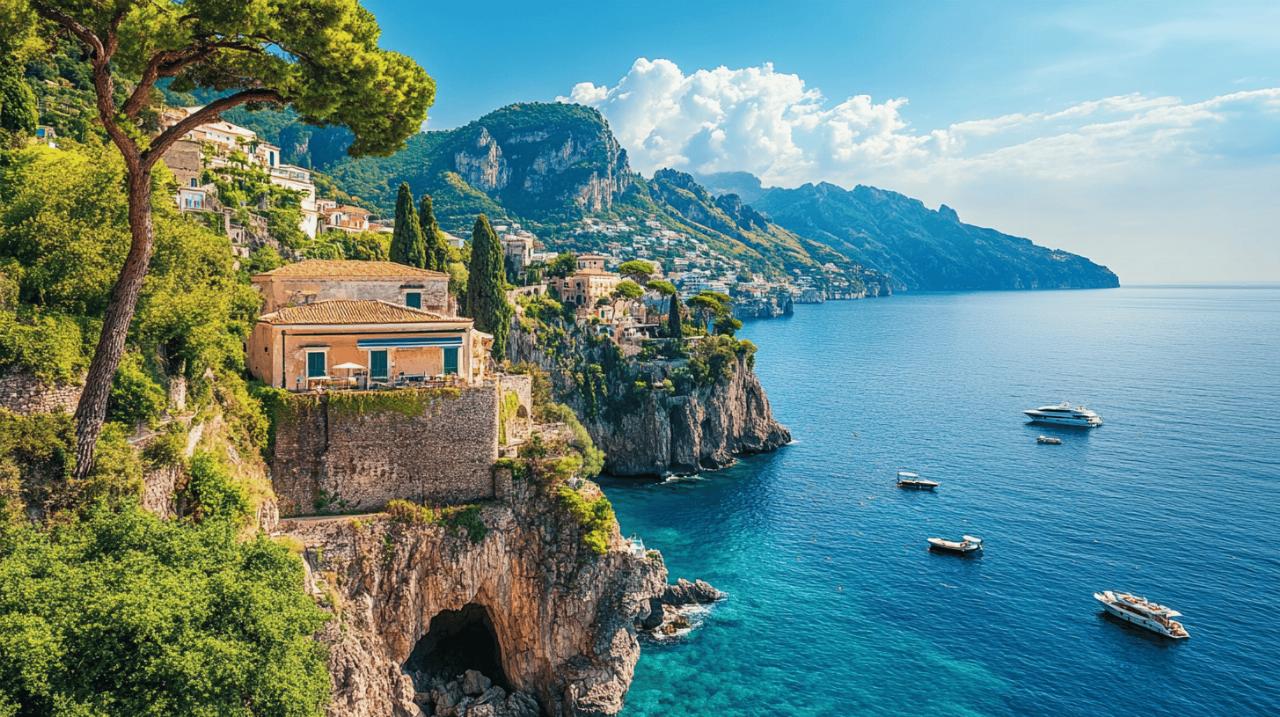Italy, a country that weaves together centuries of history, artistic masterpieces, and breathtaking landscapes, offers travellers an unparalleled journey through time and beauty. Whether you’re planning your first visit or returning to discover new treasures, Italy’s diverse regions promise experiences that capture the essence of ‘la dolce vita.’ As Eago-Italia enthusiasts know, this Mediterranean jewel holds countless stories waiting to be uncovered beyond the typical tourist paths.
Enchanting cities: Italy’s urban masterpieces
The Italian peninsula is dotted with cities that serve as living museums, each with its unique character and historical significance. From northern metropolises to southern coastal towns, urban Italy offers a tapestry of architectural wonders, artistic achievements, and culinary delights that have influenced global culture for centuries.
Rome: ancient wonders and modern charm
The Eternal City stands as a testament to human ingenuity and artistic vision. Walking through Rome means traversing layers of civilisation, from ancient ruins like the Colosseum and Roman Forum to Renaissance marvels and baroque fountains. Beyond the iconic Trevi Fountain and Vatican City, the city reveals its authentic character through neighbourhoods like Trastevere, where narrow cobblestone streets lead to charming piazzas filled with locals enjoying aperitivo. Rome balances its weighty historical importance with a vibrant contemporary culture, creating an atmosphere where the past and present dance together in perfect harmony.
While millions visit Rome annually, the city still harbours hidden corners away from the crowds. Venture to lesser-known sites like Palazzo Altemps or the Protestant Cemetery, where poets Keats and Shelley rest among cypress trees. These quieter spots offer reflection amidst the bustling Italian capital and provide glimpses into Rome’s multilayered history that many visitors miss.
Florence and Venice: Renaissance Splendour and Waterway Magic
Florence, the cradle of the Renaissance, presents an artistic legacy unmatched anywhere else. The city where Michelangelo and Da Vinci once walked now safeguards their masterpieces in world-class museums like the Uffizi Gallery and Accademia. The magnificent Duomo dominates the skyline, while the Arno River flows beneath the medieval Ponte Vecchio, lined with jewellery shops continuing centuries-old traditions. The Florentine atmosphere encourages slow appreciation of beauty, from architectural details to the perfect gelato.
Venice transforms the very concept of a city with its network of canals instead of streets. This floating marvel draws visitors to landmarks like St. Mark’s Square and the Bridge of Sighs, but its true magic lies in getting lost among the narrow calli and discovering quiet campos where local life continues much as it has for centuries. Away from the Grand Canal, neighbourhoods like Cannaregio and Dorsoduro reveal authentic Venetian culture. The city’s reflective waters create an ever-changing light show that has inspired artists for generations, making even the simplest vista appear as a masterpiece waiting to be captured.

Breathtaking landscapes: natural beauty beyond compare
Moving beyond Italy’s urban treasures, the country’s natural environments offer equally compelling reasons to explore. From dramatic coastlines to rolling countryside and alpine lakes, Italy’s diverse geography provides settings that feel almost too picturesque to be real. These landscapes not only offer visual splendour but also serve as the backdrop for distinct regional cultures and cuisines.
The amalfi coast and cinque terre: coastal magnificence
The Amalfi Coast stretches along southern Italy’s Sorrentine Peninsula, presenting a dramatic marriage of mountains and sea. Towns like Positano and Ravello cling to steep cliffs, their pastel-coloured buildings cascading down to azure waters below. The coastal road connecting these communities offers heart-stopping views around every bend, while terraced lemon groves produce the fruit for the region’s famous limoncello. This coastline represents Mediterranean living at its most spectacular, combining natural beauty with centuries of human adaptation to a challenging but rewarding environment.
Further north, Cinque Terre comprises five fishing villages that seem to defy gravity as they perch above the Ligurian Sea. While summer brings crowds to colourful towns like Manarola and Vernazza, visiting in winter reveals the authentic character of these communities. Hiking trails connect the villages, offering panoramic vistas that explain why this coastline has earned UNESCO World Heritage status. Unlike the refined elegance of the Amalfi Coast, Cinque Terre maintains a rugged simplicity that speaks to its origins as humble fishing communities, now transformed into one of Italy’s most photographed destinations.
Tuscany and the Italian Lakes: Rustic Elegance and Alpine Vistas
Tuscany epitomises the Italian countryside with its rolling hills, cypress-lined roads, and medieval hill towns. This region offers landscapes that seem plucked from Renaissance paintings, with vineyards and olive groves stretching to the horizon. Towns like San Gimignano and Montepulciano crown hilltops, their ancient towers standing sentinel over valleys that have nurtured Italian culture for millennia. Tuscany represents rural Italy at its most refined, where agricultural traditions blend seamlessly with artistic heritage and culinary excellence.
Northern Italy’s lakes provide a different kind of natural splendour, where alpine scenery meets Mediterranean flora. Lake Como and Lake Garda attract visitors with their combination of breathtaking mountain backdrops and elegant waterfront towns. Como’s shoreline is dotted with historic villas and gardens, while Garda offers diverse experiences from the subtropical atmosphere of its southern shores to the more alpine character of its northern reaches. The lakes region demonstrates Italy’s remarkable geographic diversity, creating microclimates that support both palm trees and snow-capped peaks within viewing distance of each other. Less visited gems like Lake Maggiore with its Borromean Islands or Orta San Giulio in Piedmont offer equally stunning scenery without the crowds of their more famous neighbours.



